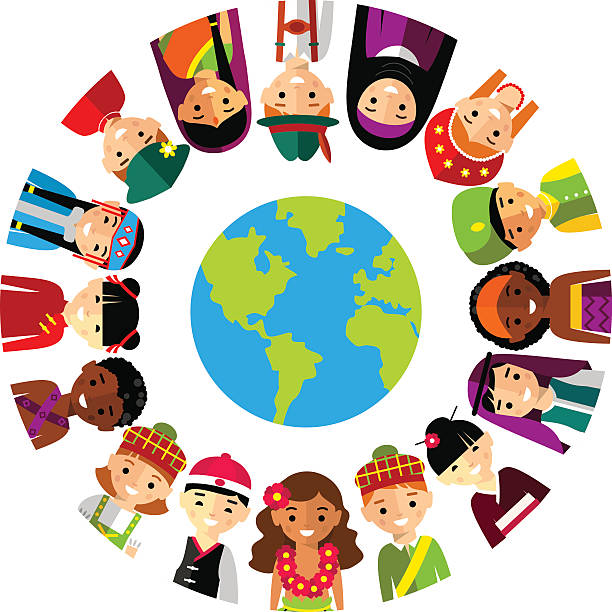Unit Goal:
People recognize that all nations are different but related.
Big Idea:
All humans over the world are different but have the same natures and needs.
|
PA Standard: · Standard - 5.4.2.B Identify ways that countries can work together. · Standard - 5.4.2.C Explain why nations need to work together for peace. · Standard - 6.3.2.D Identify products produced outside the United States. · Standard - 7.2.2.A Identify the physical characteristics of places. · Standard - 7.3.2.A Identify the effect of local geography on the residents of the region (food, clothing, industry, trade, types of shelter, etc.). |
The students will...
1. identify the foods, clothing, and the shelters around the world.
2. compare and contrast the foods, clothing, and the shelters around the world.
3. explain the importance of cooperating with others.
4. value the differences in themselves and others.
5. serve others with respect and dignity.

